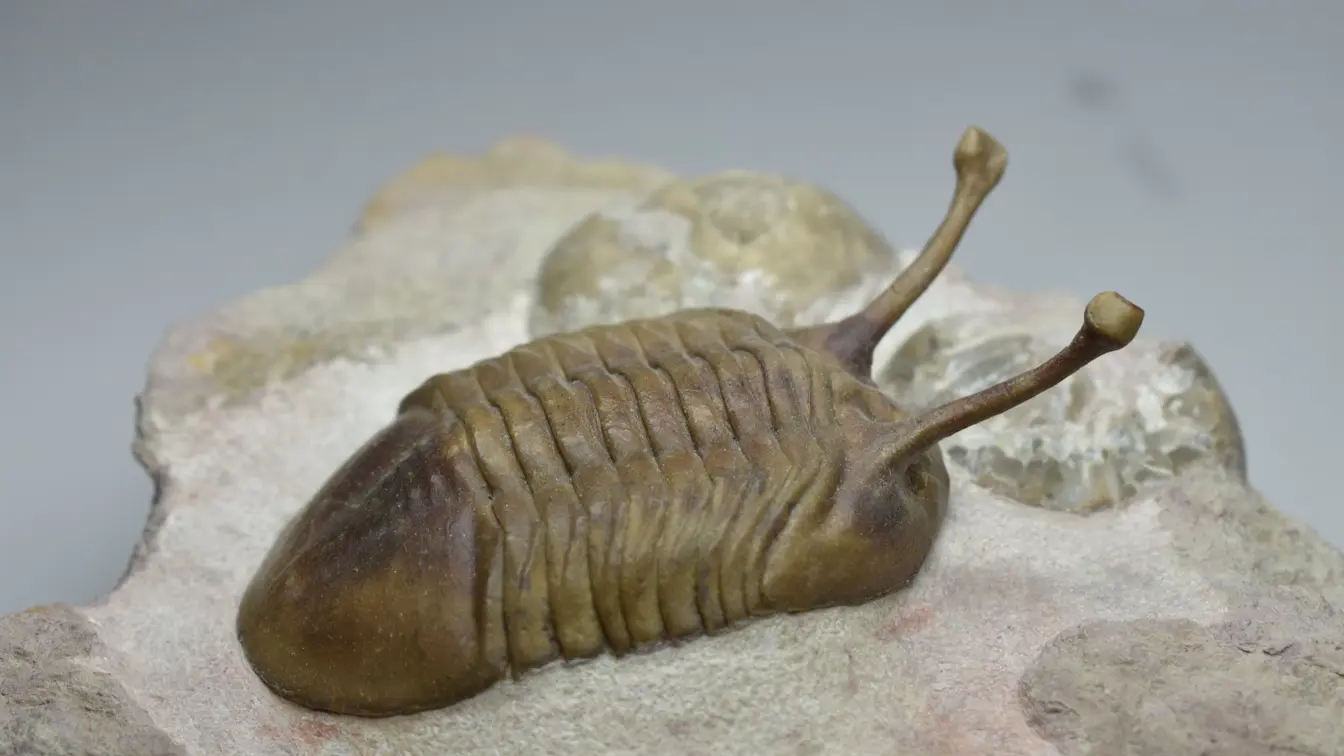T4K3.news
New findings at Wyoming site reveal Native American adornment practices
Dr. Pelton's analysis uncovers insights into life around 1700-1750 during early European contact.
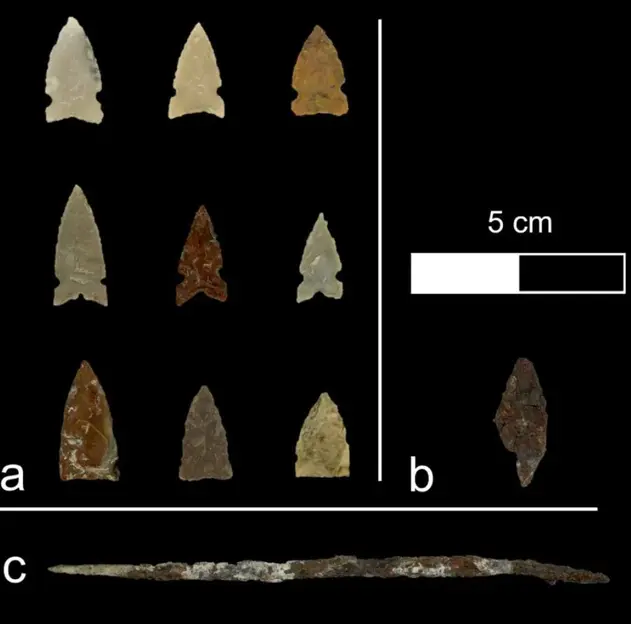
The River Bend site near Casper, Wyoming offers vital insights into Native American adornment practices during early European contact.
Wyoming archaeological site uncovers Native American adornment practices from the 1700s
Dr. Spencer Pelton and his research team have revealed significant findings from the River Bend archaeological site in Wyoming. Excavated in the 1970s, this site provides a unique glimpse into the adornment habits of Native Americans around AD 1700-1750, coinciding with early European contact. Although much of the site is believed to be lost, the study uncovered over 5,000 artifacts, highlighting a blend of both pre-contact and post-contact cultural elements, particularly among the Eastern Shoshone Tribe. Items such as shell beads and iron tools were essential, signaling status and societal membership in a time of change.
Key Takeaways
"These adornments signaled status, war accomplishments, and society membership."
This statement highlights the significance of adornment practices in understanding social structures.
"The introduction of iron awls dramatically increased the production of shell ornaments."
Dr. Pelton discusses the impact of European trade on traditional crafting methods.
The River Bend findings emphasize how Native American cultures adapted during a pivotal time. The blend of materials indicates a transition in adornment practices influenced by European contact. The introduction of metal tools appears to have enhanced production capabilities, symbolizing resilience and innovation among these communities. As archaeologists analyze further how adornments reflected identity and status, this research contributes significantly to our understanding of cultural continuity and change.
Highlights
- Discovering the past helps shape our understanding of identity today.
- Artifacts reveal a rich tapestry of resilience in Native American culture.
- Shell beads show how traditions adapted during European contact.
- Each discovery transforms our view of history and cultural exchange.
Cultural sensitivity regarding Native American heritage
The findings from the River Bend site may stir cultural sensitivities among Native American communities, as they reflect historical trade and contact experiences with Europeans.
This research opens new avenues for understanding indigenous cultural resilience during moments of significant change.
Enjoyed this? Let your friends know!
Related News
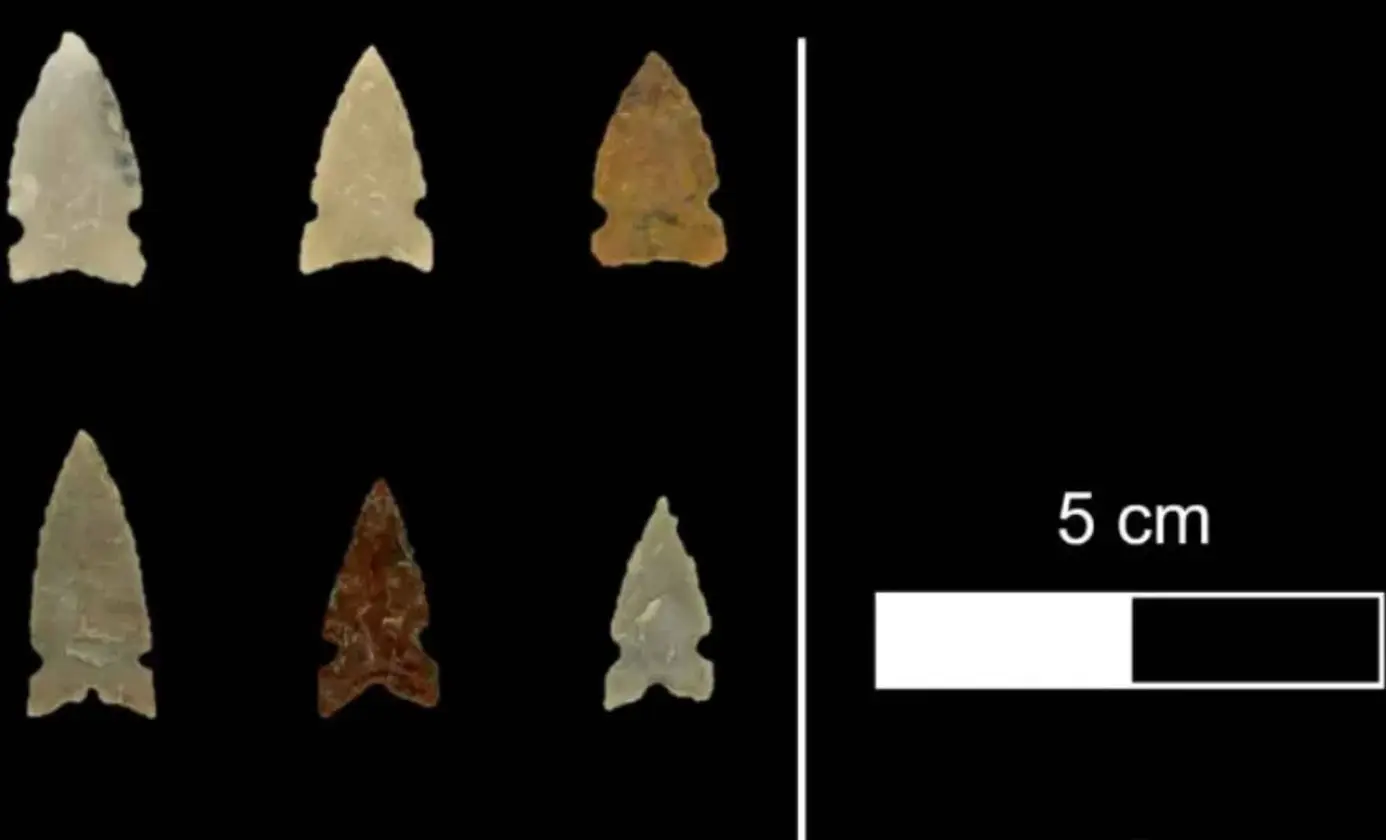
Discoveries at River Bend Site Transform Understanding of Native American Cultures

Study reveals lifestyle changes can potentially prevent dementia

UK age checks spark Reddit backlash
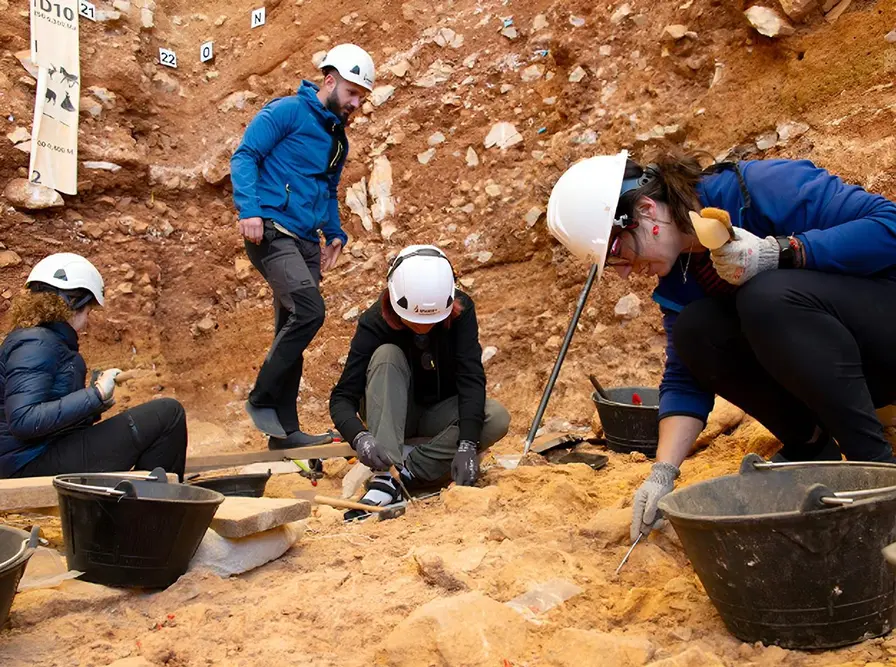
New evidence reveals ancient human cannibalism in Spain

Twenty-one dead in Gaza crowd crush during aid distribution

Harvard study finds cancer link to Coldwater Creek contamination
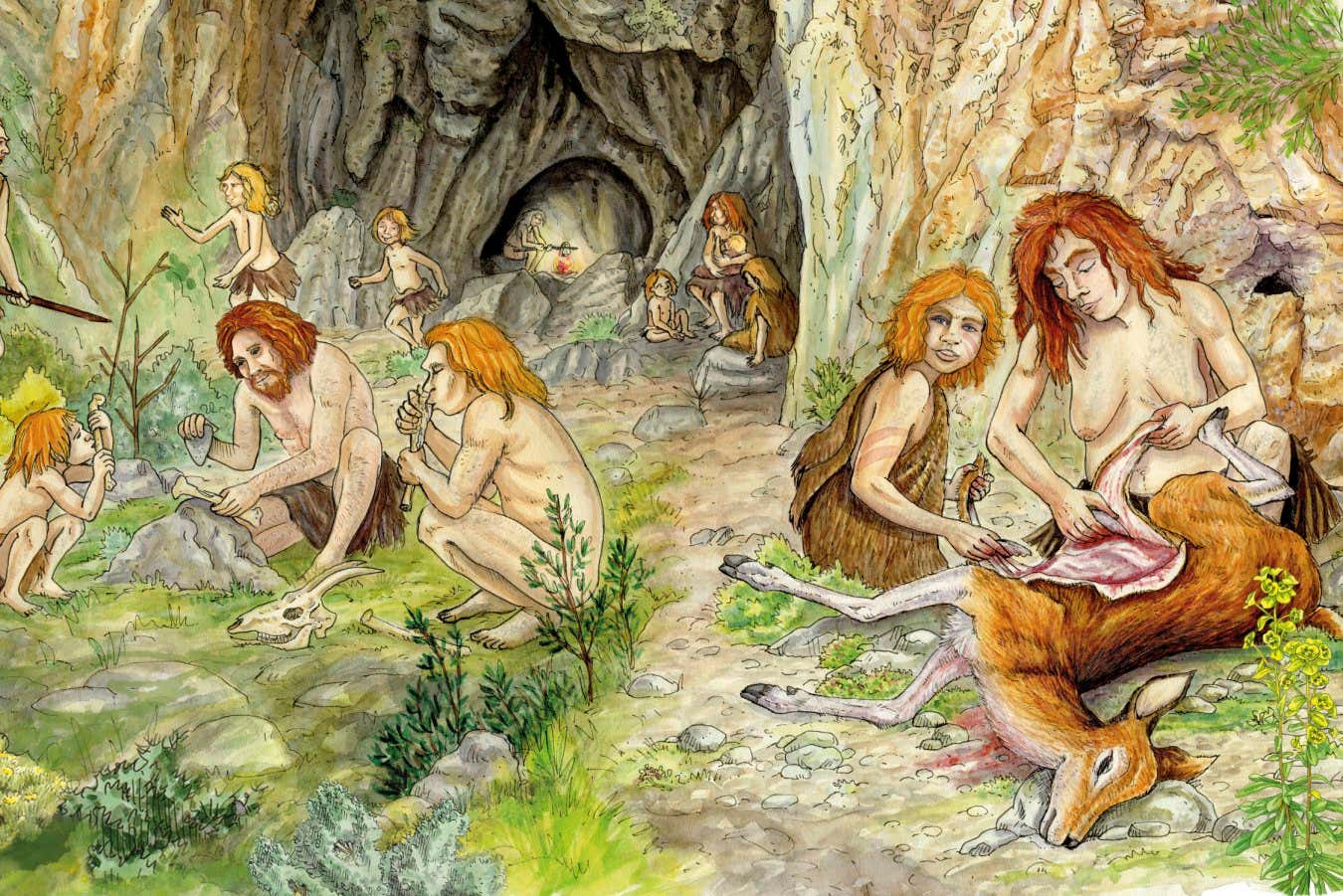
Neanderthal butchering methods varied by group

Ancient Thai site reveals early betel nut use
